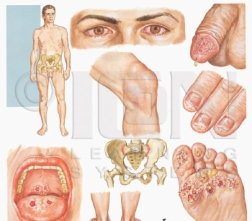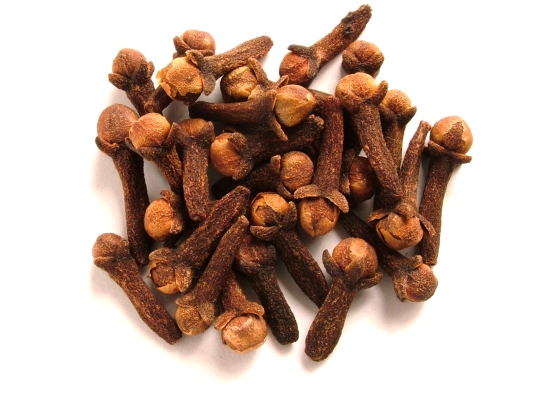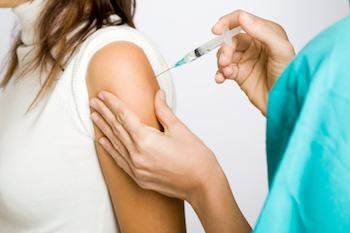Chlamydia trachomatis is responsible for the development of sexually transmitted diseases (STDs).
STDs are creating a staggering public health issue all over the world. It is the major reason why most of the women often seen in gynecology practice.
Lymphogranuloma venereum (LGV) is one such sexual transmitted disease developed by the three strains (L1, L2, L3) of bacteria “chlamydia trachomatis”.
The disease affects the lymph nodes as well as the lymphatic system.
How Chlamydia Trachomatis Develops Lymphogranuloma venereum (LGV)?
The bacteria exclusively enter the body sexually through the warm moist skin of the mouth, penis or in the rectum. The bacterium crosses from one body to another when the mucosal surfaces (the warm moist skin of the mouth or in the rectum) of an infected person contacts with an uninfected mucosal surface. During sexual contact, a minute abrasion in mucosal surfaces allows the chlamydia trachomatis to get into the body.

Once the bacteria enter the mucosal surfaces, it gradually progresses its movement towards the lymphatic channels. Once it enters there, it starts replicating.
The bacterium in the body undergoes two stages. In the initial stage, the bacterium is inactive and exists outer surface of the cells. In the later stage, it breaks a cell wall and actively replicates once it gain entry into a cell. As the chlamydia trachomatis replicates in the cell, it keeps away the nucleus and forms an insertion that can be determined through tissue staining.
The Effect Of Chlamydia Trachomatis At Each Lymphogranuloma venereum Stage
The Lymphogranuloma venereum disease undergoes three different stages as it develops.
In the initial stage of LGV, the bacteria chlamydia trachomatis is not vicious. However, a small painless sore or blister develops in the area where the chlamydia trachomatis enter the body, usually around 3-30 days after an incubation (early development) period. The Vaginal sore is generally unnoticed by the women, as it develops in the walls of the vagina.
The second stage of LGV develops around one to six weeks after the first lesion emerges. In this inguinal stage, the bacteria chlamydia trachomatis spreads to the lymphatic system and forms painful inflammation (buboes) in the lymph nodes, nearest to the infected area.
The inflammations usually join, soften, and split, leading to the development of sinuses and fistulas, which expels out the contagious bloody discharge from the body.
The third-stage of LGV, also known as anogenitorectal syndrome, develops after a number of years. In this stage, the bacteria chlamydia trachomatis forms inflammation, scarring and damage to the tissues of the lymphatic system, which leads to devastating effects on the genital areas and in the anus. In the genital area, the genitals can swell up to a very big size and in the anus, certain growths can form.
As there is no vaccine against chlamydia trachomatis, prevent the transmission of chlamydia trachomatis by using condom and water-based lube. Both these methods can provide protection to a large extent [Chlamydia vaccine].






